Marriage Allowance: A Detailed Tax Saving Guide for the UK
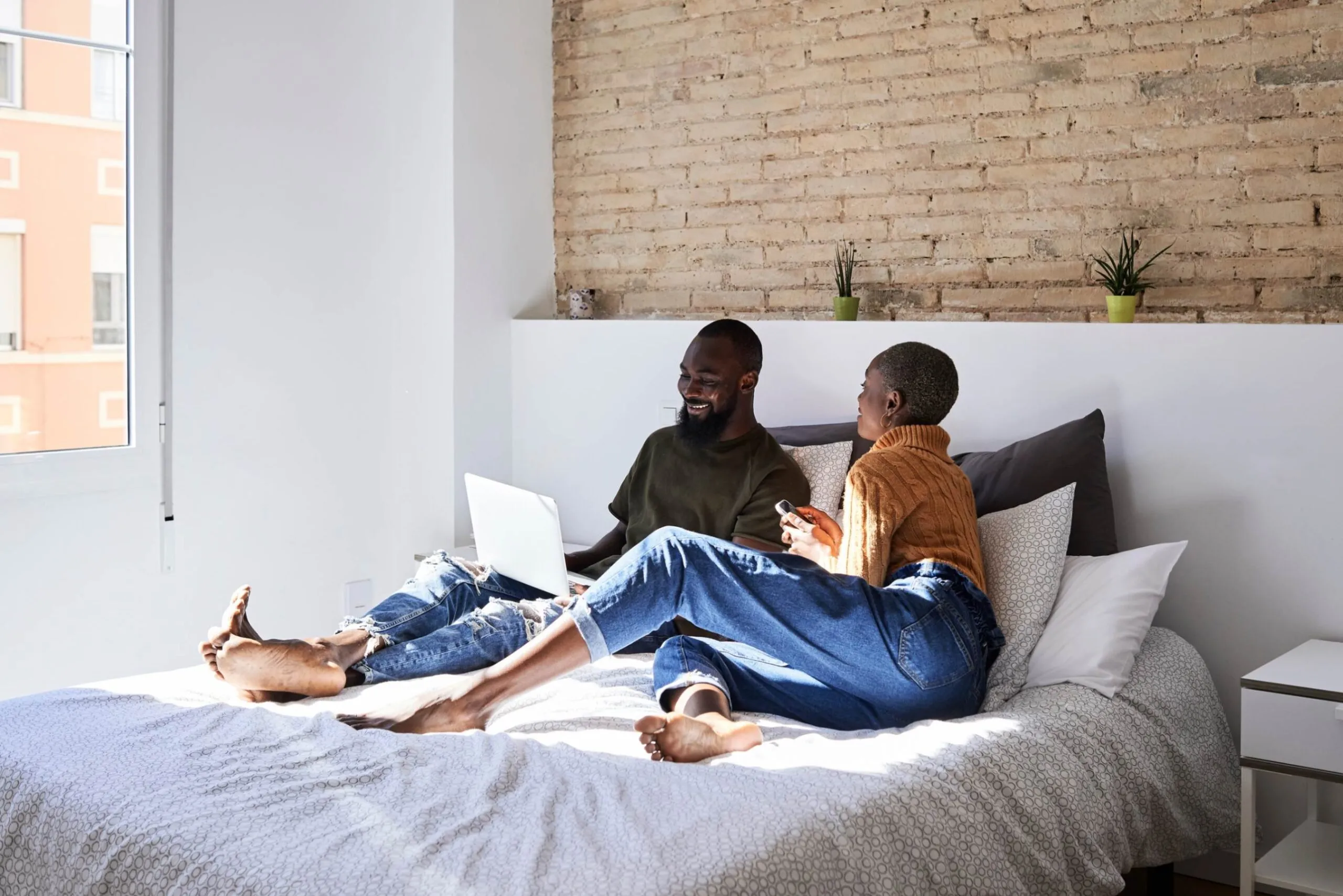
The HMRC marriage tax allowance is an incentive to help couples, whether married or in a civil partnership if one earns a much lower income than the other. If you are a non-tax-paying spouse, you may transfer £1,260 of your personal allowance to your tax-paying partner, who would receive a tax credit on that amount.
Bear in mind that to receive this benefit, you must apply on the HMRC website. The lower earner also must either be a non-taxpayer or earn an income that is below their personal allowance. Couples who live together but who are not legally bound are also not eligible for marriage allowance.
Key Takeaways
- Marriage tax allowance is available to any married couple or civil partnership where one partner is a non-taxpayer and the other pays basic-rate tax.
- Couples who live together and are not legally bound cannot receive the marriage tax allowance.
- The non-taxpayer moves part of their personal allowance to their basic-rate taxpayer partner.
- The recipient partner would pay less tax on the transferred amount.
- You may backdate your claim for up to 4 years.
- The marriage tax allowance transfer is automatic every year unless the couple cancels or their situation changes.
- The married couple’s allowance is not the same tax benefit as the marriage tax allowance.
- The married couple’s allowance is typically larger, but this varies based on the higher-earning partner’s taxable income.
- What Is The Marriage Allowance?
- Who Can Apply For Marriage Allowance?
- How To Apply for Marriage Allowance
- How Does Marriage Allowance Work?
- How the Marriage Tax Allowance Is Calculated
- How To Claim Marriage Allowance
- What Is The Married Couple’s Allowance?
- Managing Your Finances Made Easy with FreshBooks
- Frequently Asked Questions
What Is The Marriage Allowance?
The marriage tax allowance in the UK allows one partner in a marriage or civil partnership to transfer £1,260 of their personal tax-free allowance to the other. The non-taxpayer would transfer money to the basic-rate taxpayer and potentially save up to £252 on their own tax bill (2023 tax year).
You may apply online through the HMRC website. If your application is accepted, the allowance will transfer automatically each year unless you cancel it or unless your tax code, marriage status, or income changes. Therefore, there’s no need to re-apply each year.
You can also backdate your claim for up to 4 previous tax years. If back-claiming for previous years, you will receive a payout either via bank transfer or cheque. If one partner died during or after the year 2018, the surviving partner may backdate their marriage allowance to include any tax year after 2018.

Who Can Apply For Marriage Allowance?
Any married couple or couple in a civil partnership may apply if one partner is a non-taxpayer and the other a basic-rate taxpayer may apply for marriage tax allowance. If one member of the couple is a higher-rate taxpayer, they are not eligible for marriage allowance. Self-employed people may still qualify for marriage allowance.
You also must be either married or in a civil partnership. Couples who are simply living together do not qualify.
How To Apply for Marriage Allowance
The lower-earning partner must be the one who applies for marriage allowance. They would simply apply on HMRC.gov using their National Insurance number. Alternatively, you can phone the HMRC at 0300 200 3300.
Claim marriage tax allowance with ease when tax preparation is made simple. Watch the video below to find out how FreshBooks takes the pain out of tax prep.
How Does Marriage Allowance Work?
Once your marriage allowance is accepted, part of the higher earner’s personal allowance will automatically transfer to the lower earner each tax year unless the couple cancels or circumstances change. As a result, the higher earner will also receive an additional personal tax allowance.
Once you apply, it typically takes about 2 days for you to get your new tax codes. However, when you actually see your tax relief can vary. It largely depends upon:
- Your payroll date
- Your employment status
- Whether you claimed online, by phone, or by post
How The Marriage Tax Allowance Is Calculated
Generally, the marriage allowance is 10% of one partner’s unused personal allowance. The amount of personal allowance you may transfer doesn’t really change based on your income (unless you become a higher-rate taxpayer and are no longer eligible).
Transferring money to your partner increases their own personal allowance. So, if your full personal allowance for the current tax year is £12,570 and you apply for a marriage tax allowance, you would move £1,260 to your partner, giving them a personal allowance of £13,830 for the year.
How To Claim Marriage Allowance
There isn’t really any process involved in claiming your marriage allowance. Once you’ve signed up to receive a marriage allowance, the HMRC will automatically transfer your funds. This is true for every proceeding tax year unless you cancel your marriage allowance.
What Is The Married Couple’s Allowance?
While the names are similar, the married couple’s allowance is not the same as the marriage tax allowance. The married couple’s allowance is typically much higher than the marriage tax allowance. For those married before December 5, 2005, the husband’s income is used to calculate a couple’s married couple’s allowance. For later marriages, the income of the higher earner, regardless of gender, is used.
Based on this income rate, you will receive a reduction in your tax liability. How much of a reduction varies. For this reason, the HMRC provides an online calculator to help you determine what you might receive.
If the higher-earning spouse or civil partner makes more than £31,400, the reduction you receive becomes smaller until you hit the minimum allowance.
Managing Your Finances Made Easy with FreshBooks
Every married person or civil partner knows how much of a hassle co-managing finances can be. FreshBooks can help any pair simplify their financial management and maximise the benefits of their marriage allowance claim. Our accounting software allows you to easily track all your expenses and generate accurate accounting reports to see where you’re at.
Try FreshBooks for free to see if it’s the income tax tracker you need to ensure you get exactly what you’re entitled to on your marriage tax allowance.

FAQs About Marriage Tax Allowance
It’s important to have all your questions answered before you submit your tax returns. We encourage you to seek advice from a financial professional, but some of our FAQs may also help.
When can you apply for a marriage allowance?
You may apply for marriage tax allowance any time after your partnership is sealed. There are no constraints regarding how long you need to be married. There are also no rules regarding what time of year you can apply. However, it’s strongly recommended that you do so well ahead of tax season to reap the full benefits. Applying too late may delay your marriage tax allowance to next year.
What is the tax code for marriage allowance?
The partner receiving the marriage allowance will get an M tax code, while the partner transferring the allowance will receive an N tax code. Marking your tax codes in your FreshBooks account can help you organise all other tax affairs you must adhere to once you receive these codes.
Can you claim a marriage allowance if your partner doesn’t work?
If the non-taxpaying partner is unemployed, the couple is still eligible for marriage tax allowance. However, one partner must still be a basic rate taxpayer. If both partners are unemployed, they are not likely eligible for marriage tax allowance.
Bear in mind that the lower earner must be the one to claim marriage allowance on behalf of the couple. If your partner doesn’t work, they will be the ones to make the claim, not you.
How long does it take to get a cheque for a marriage tax allowance?
It usually takes about 2 weeks for your marriage tax allowance cheque to appear in your account. If you have a good idea of how much you will receive, you can budget with that amount in mind ahead of time using FreshBooks. The software makes it easy for you or the person responsible for your shared finances to track your tax expenses with or without a marriage tax allowance.
Does marriage allowance affect universal credit?
Your tax code will determine your tax bill. Marriage tax allowance will not result in an underpaid universal credit. If you’re concerned about unexpected changes to your personal tax allowance, please consult the HMRC. You may use FreshBooks to track credit changes to verify your claim in your discussion.
How far back can you claim a marriage allowance?
You may claim a marriage tax allowance for up to 4 years prior. However, each tax year may have a different personal allowance rate. Try using FreshBooks to track your personal allowance for each tax year so you can have a much clearer idea of how much you could get from your backtracked marriage tax allowance.
Can you claim a marriage allowance if you earn over 50k?
£50,270 is the maximum income you can make to still qualify for marriage tax allowance. The program is specifically for non-taxpayers and basic-rate taxpayers. Higher-rate taxpayers do not qualify for marriage tax allowance. If you live in Scotland, the threshold is slightly different. Scottish taxpayers must pay the starter, basic, or intermediate rate to qualify, which is typically £12,571 to £43,662.
How do you transfer marriage allowance?
Once you’ve registered, there’s nothing more you need to do to transfer money to your partner. The HMRC will automatically take the correct amount from your personal allowance and transfer it to your partner. There’s no need for you to re-apply each year or take any additional steps to put your transfer through.
How do you cancel your marriage allowance?
To cancel your allowance, go online and search for ‘Marriage Allowance circumstances change‘. If you have limited access to the internet, you may also phone the HMRC directly. It is your responsibility to cancel if your life situation changes and you are no longer eligible.
More Useful Resources
- Sole Trader Tax Guide
- Allowable Expenses & Disallowable Expenses
- Working from Home Tax Relief
- Self Employed Expenses
- Tax On Rental Income
Reviewed by
Levon Kokhlikyan is a Finance Manager and accountant with 18 years of experience in managerial accounting and consolidations. He has a proven track record of success in cost accounting, analyzing financial data, and implementing effective processes. He holds an ACCA accreditation and a bachelor’s degree in social science from Yerevan State University.
RELATED ARTICLES


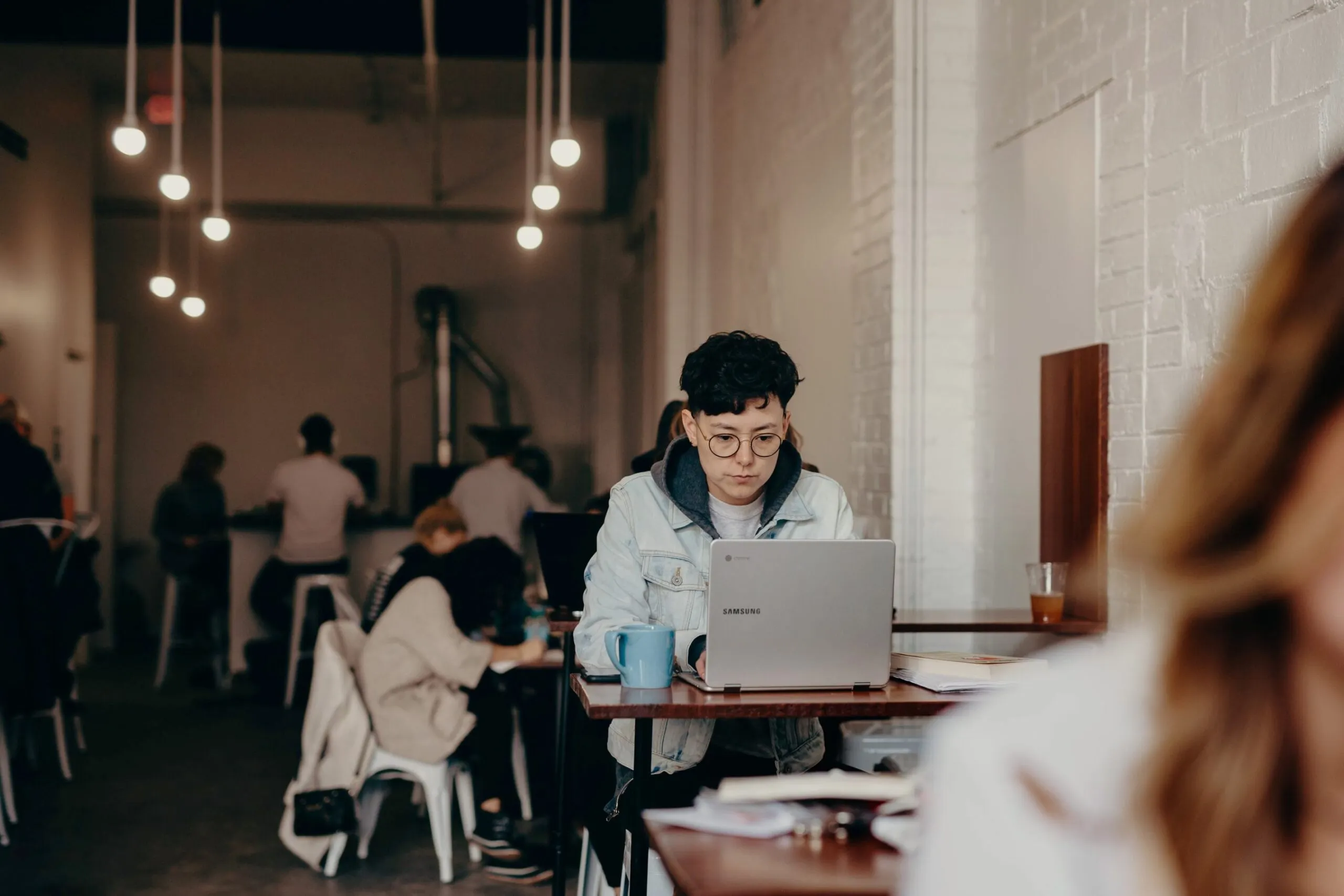 New Tax Year 2023–24: Key Changes You Need To Know
New Tax Year 2023–24: Key Changes You Need To Know HMRC Travel Expenses – Guidelines To Claim Tax in the UK
HMRC Travel Expenses – Guidelines To Claim Tax in the UK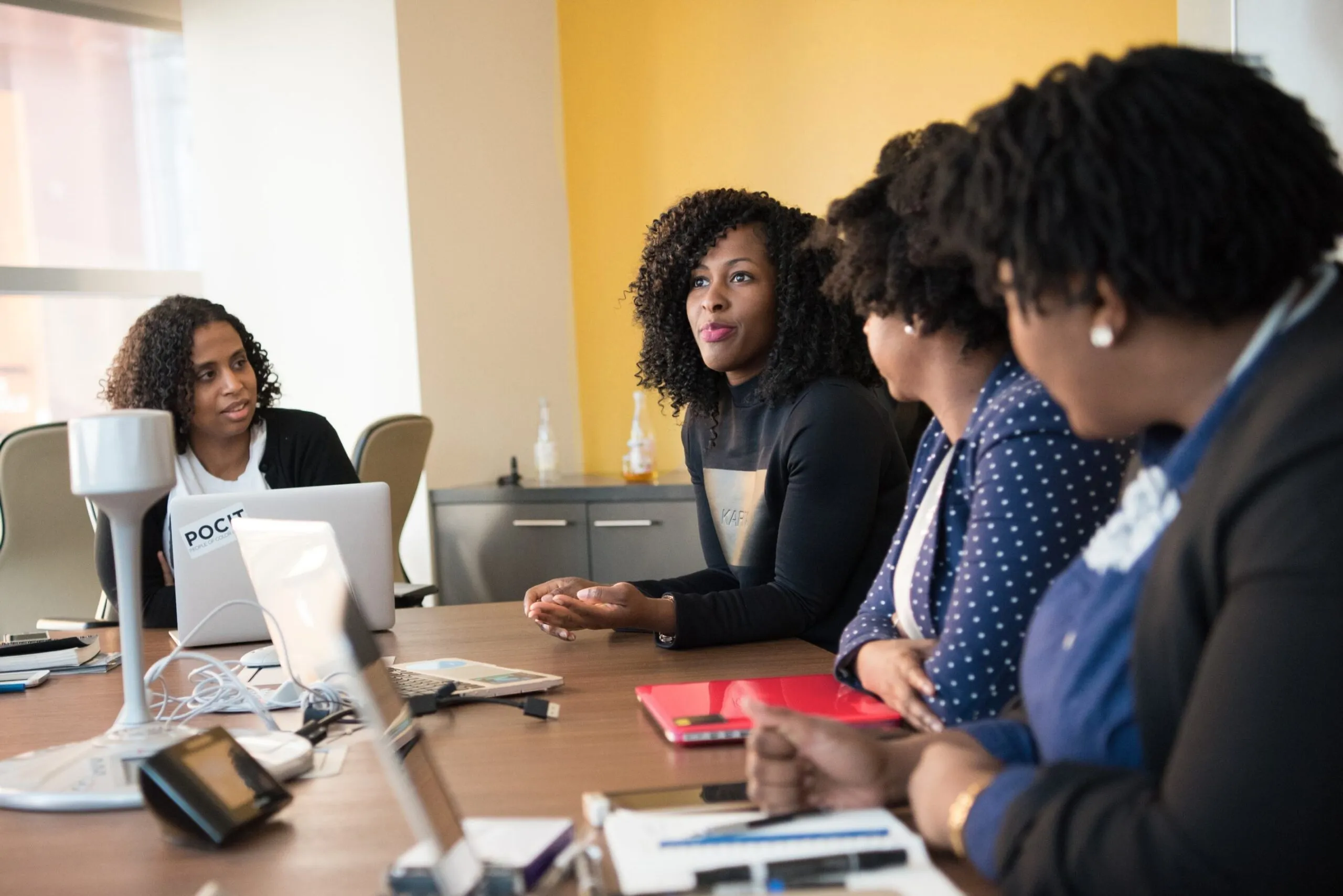 Limited Company Expenses – 2025/26 Guide for the UK
Limited Company Expenses – 2025/26 Guide for the UK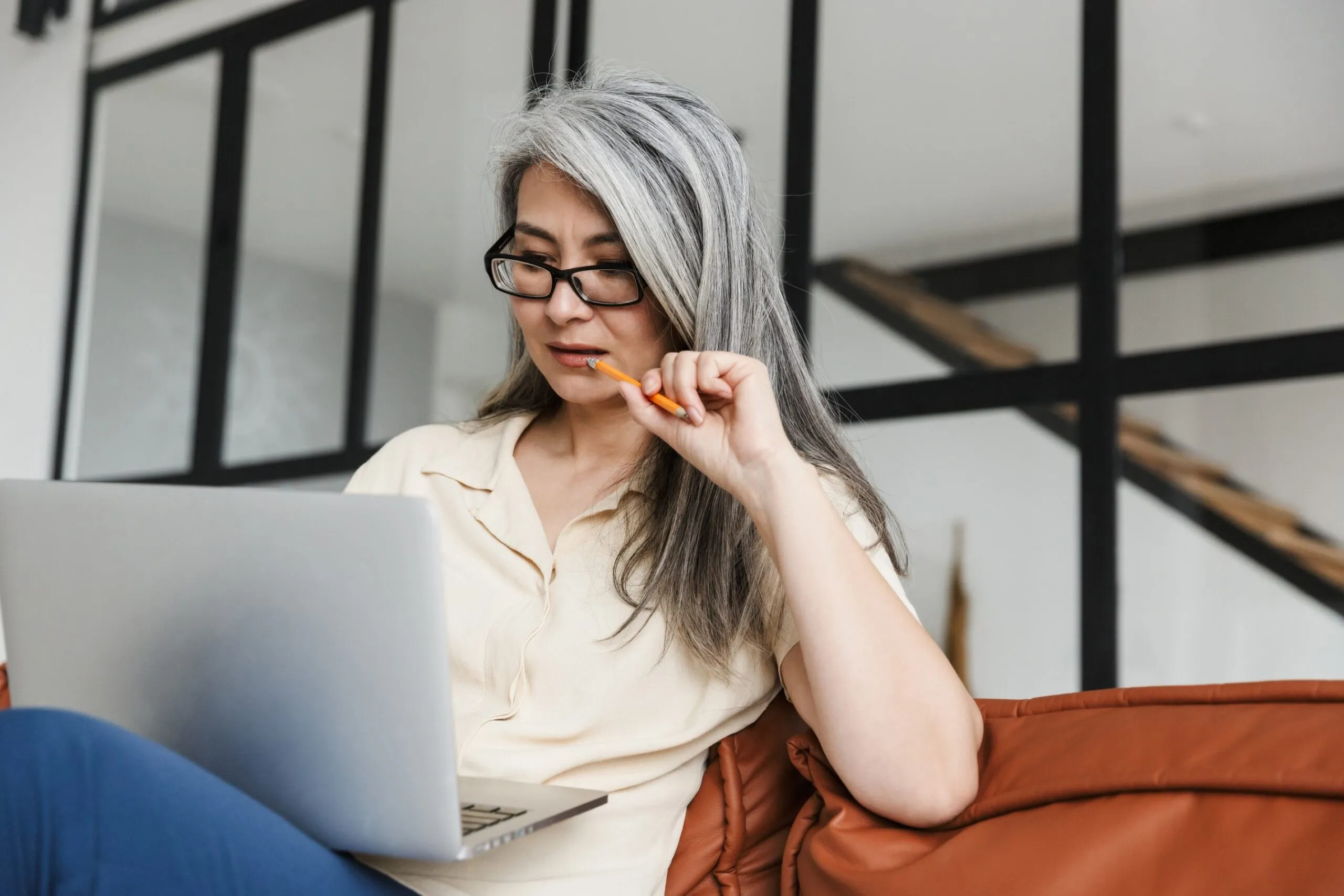 EIS Tax Relief – A Detailed Guide for the UK
EIS Tax Relief – A Detailed Guide for the UK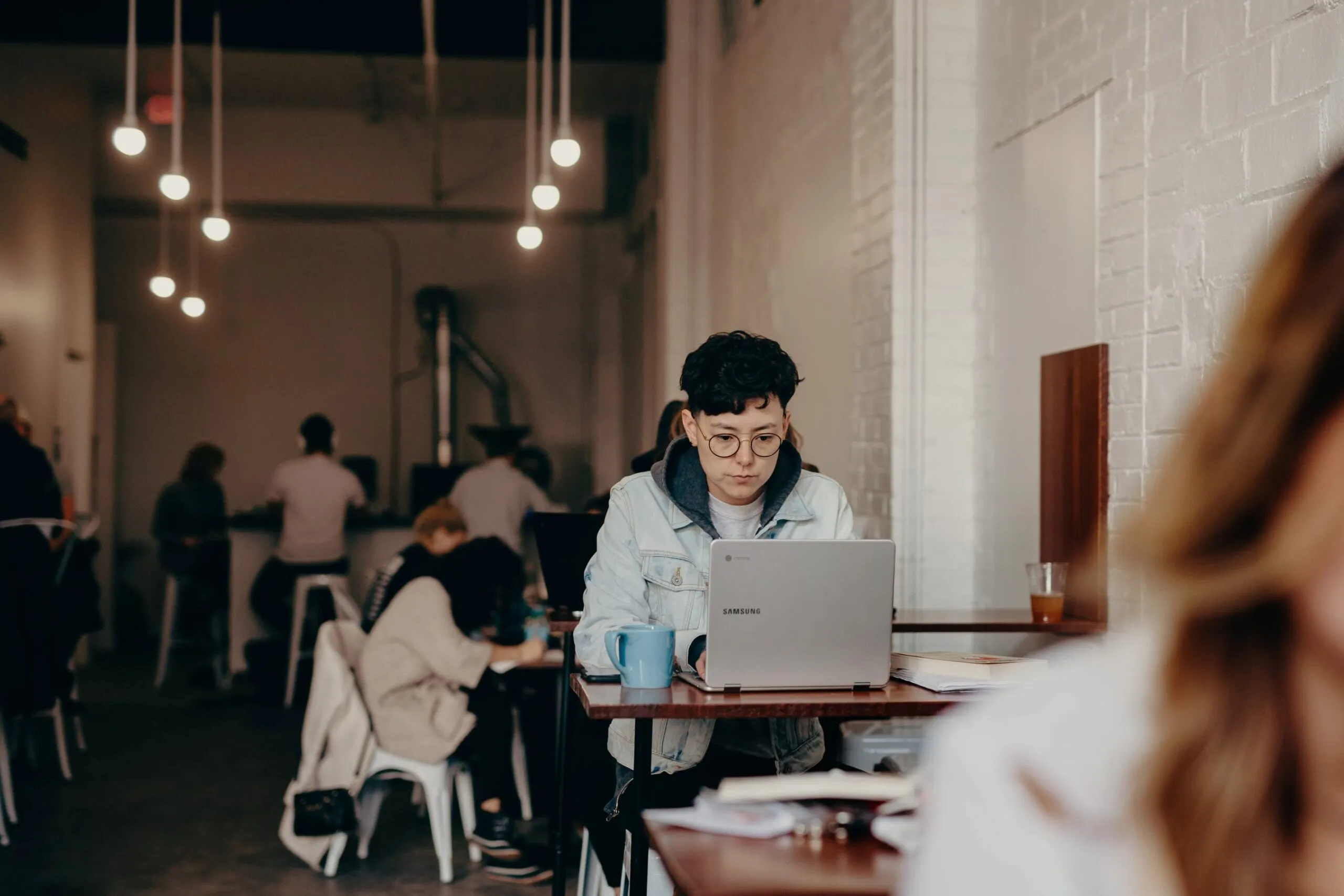 SEIS Tax Relief – A Detailed Guide for the UK
SEIS Tax Relief – A Detailed Guide for the UK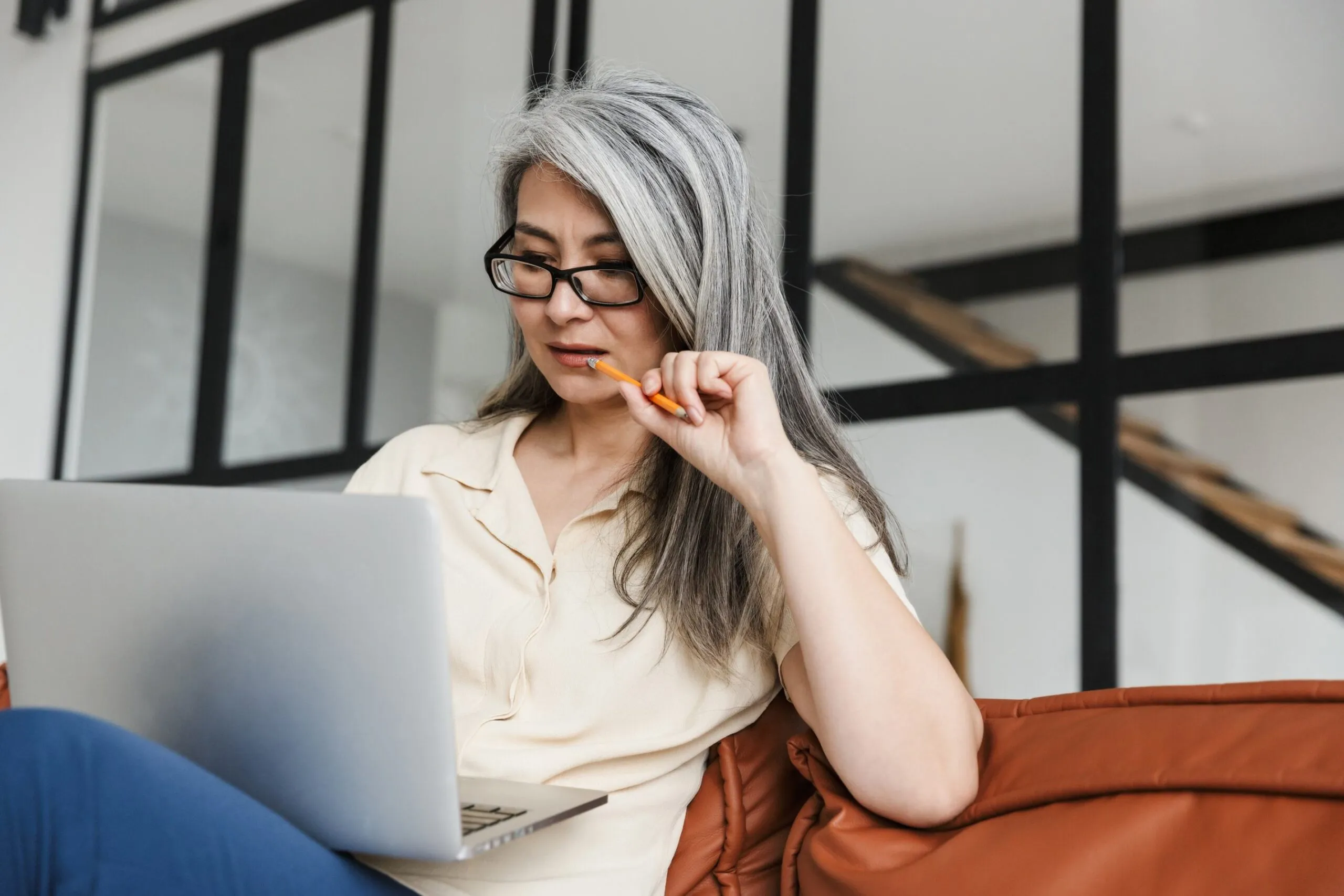 Business Asset Disposal Relief (BADR)
Business Asset Disposal Relief (BADR)